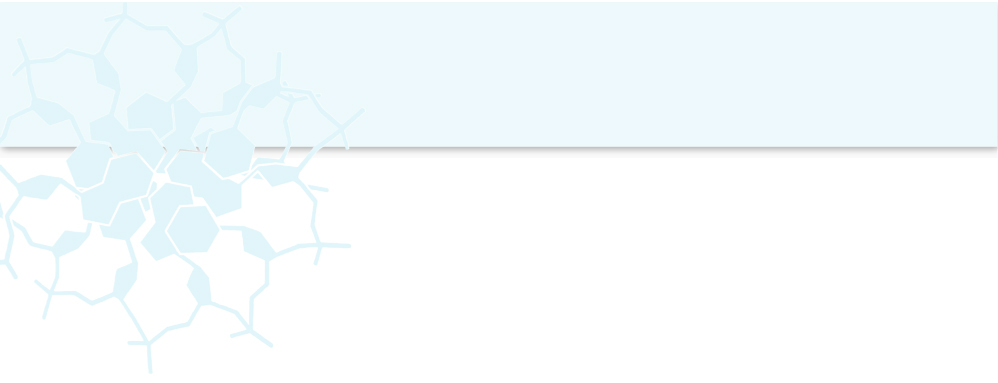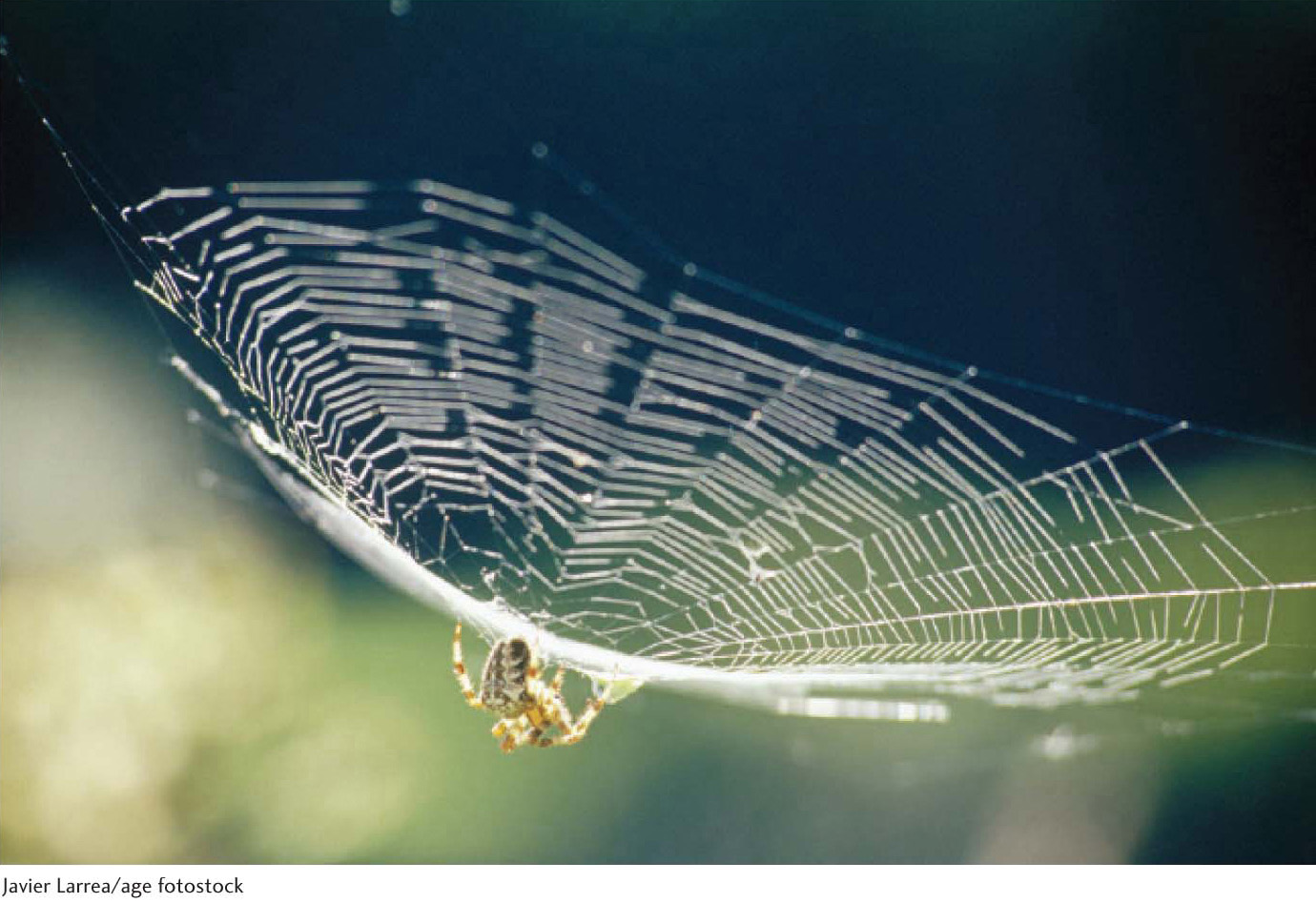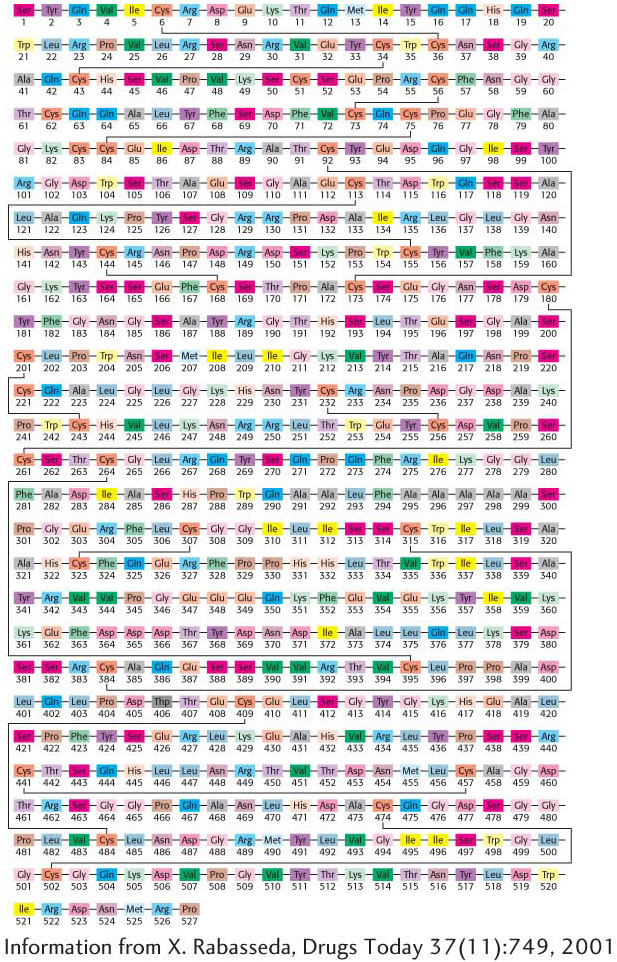
Protein Composition and Structure




Proteins are the most versatile macromolecules in living systems and serve crucial functions in essentially all biological processes. They function as catalysts, provide mechanical support, generate movement, control growth and differentiation, and much more. Indeed, much of this book will focus on understanding what proteins do and how they perform these functions.
Several key properties enable proteins to participate in a wide range of functions:
Proteins are linear polymers built of monomers called amino acids, which are linked end to end. Remarkably, the sequence of amino acids determines the three-
dimensional shape of the protein. Protein function directly depends on this three- dimensional structure. Proteins contain a wide range of functional groups, which account for the broad spectrum of protein function.
Proteins can interact with one another and with other macromolecules to form complex assemblies. The proteins within these assemblies can act synergistically to generate capabilities that individual proteins may lack.
Some proteins are quite rigid, whereas others display a considerable flexibility. Rigid proteins can function as structural elements in cells and tissues. Proteins with some flexibility can act as hinges, springs, or levers that are crucial to protein function or to the assembly of protein complexes.
In this section, we will explore the structure of proteins from the ground up. We begin with an investigation of the chemical properties of the amino acids. We will then see how the amino acids are linked together to form a polypeptide chain. The shape of the amino acids informs the shape and flexibility of the polypeptide chain. a functional protein is a complex three-
✓ By the end of this section, you should be able to:
✓ 1 Identify the main classes of amino acids.
✓ 2 Compare and contrast the different levels of protein structure and how they relate to one another.
✓ 3 Describe the biochemical information that determines the final three-
dimensional structure, and explain what powers the formation of this structure .✓ 4 Explain how proteins can be purified.
✓ 5 Explain how immunological techniques can be used to purify and identify proteins.